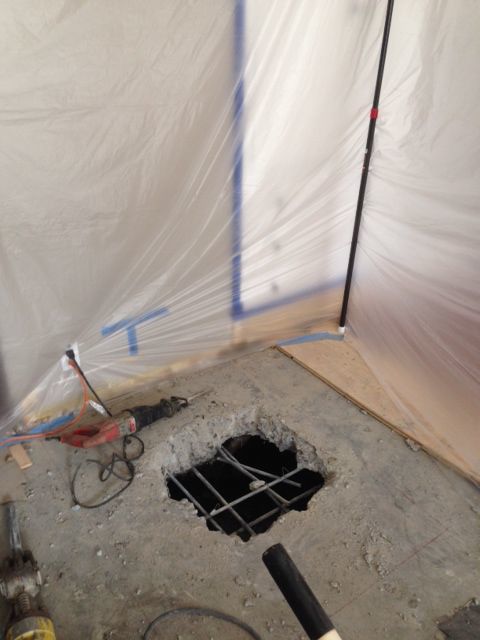Each year, thousands of Arizona residents email or call our radio show with questions about everything from preventing fires in their chimneys to getting rid of tree roots invading their sewer system. Our goal is to provide answers that suit the specific lifestyle wherever someone lives in Arizona.
QUESTION: I have a problem with my sewer line. My house in Tucson was built in 1958 and we have the original pipe. The way it operates right now, we have to snake out the line once or twice a year to keep the pipeline from backing up. I had an estimate done on replacing the entire line, but I saw on TV that they can run liners through the old pipes to patch them up and it would be a lot less expensive to do. What do you think?
ANSWER: If you can do that lining process, it is much less costly and invasive. But before trying it, have workers run a camera through your line to be sure no area of your pipe has collapsed. They say the relining will last for about 30 to 40 years. Lining is one of three ways you can use to fix your problem although I’m more skeptical about it. After it’s done, you need to see a video of the pipe as well.
Another possibility is replacing the entire line as you are already considering. This is really the most invasive process. Workers have to lift every toilet and saw-cut the flooring to remove part of the concrete slab. You will need to move out of the house for a while and later replace all the floor covering that was torn up. But at that point, the line should be fixed.
There is also a third option called the pipe bursting method. Workers only tear up the floor in a couple of places in your home. Then they bring in a new sewer pipe and force it to go through the area of the old line. The old piping literally bursts into pieces as they pull the new pipe through. This system could also last 30 to 40 years and will be more expensive. But it could be far less invasive.
Get estimates for all three methods from specialists who do these jobs, and think carefully about what you’ll do next.
Q: When I moved into my house 12 years ago, we had a backyard patio that consisted of four concrete squares. Then I enlarged the patio with more concrete squares. But now I’ve noticed that little chips keep coming off the original concrete areas. That area is about four years older. What’s happening and how can I fix it?
A: This failure of the concrete — chipping and discoloring — is called spalling. It usually happens because the original concrete was poured in that area later in the day. Probably the patio was exposed to wind that sucked the moisture out of the top layer of the concrete so that it didn’t cure properly. A great way to solve the problem is by overlaying all the gray boring concrete with concrete pavers. They make thinner pavers designed precisely for that purpose.
Q: I’ve noticed that some people in my neighborhood are caulking the spaces between the concrete squares on their driveways. Is that necessary to do?
A: No, it’s not necessary, but sometimes people do it because the concrete heaves in certain places. They also caulk the spaces at times because they can be areas where insects tend to live; so, they fill the areas as a preventive measure.





